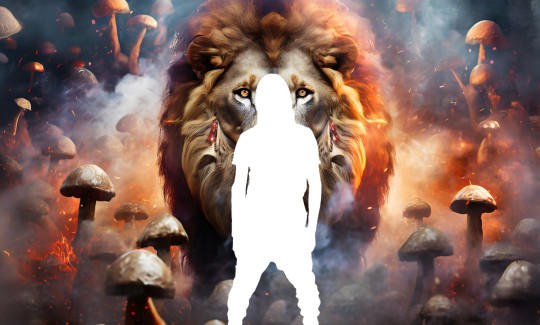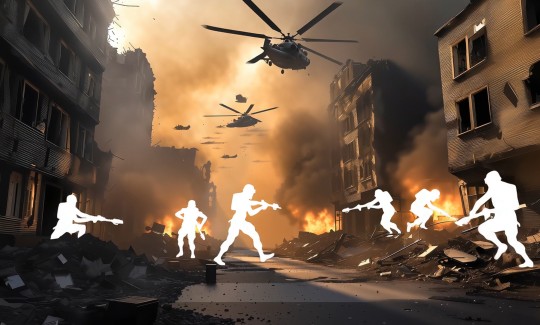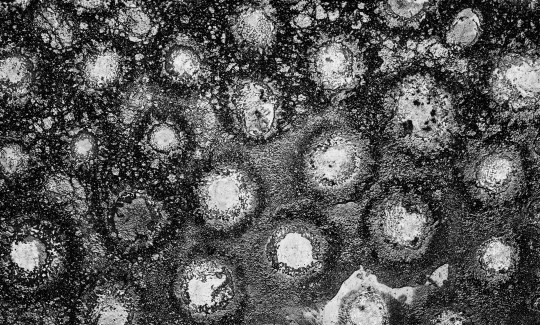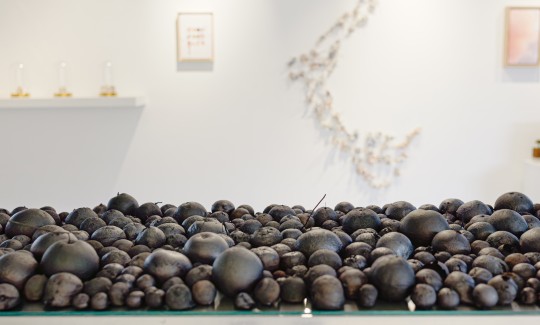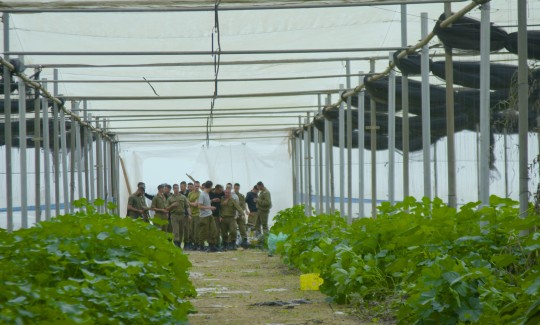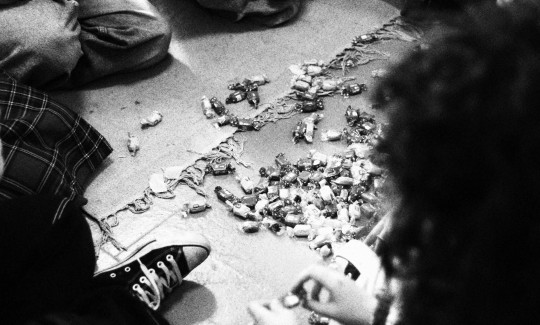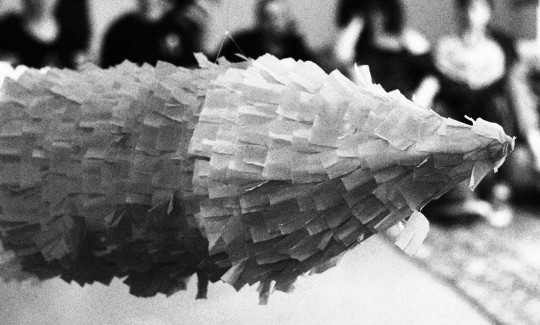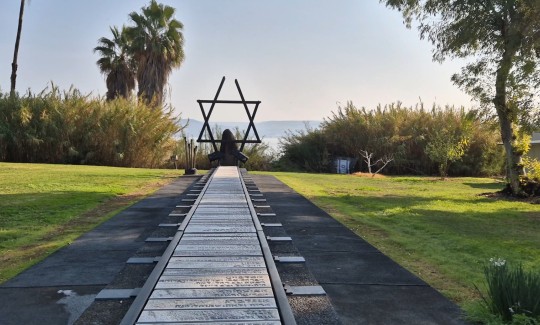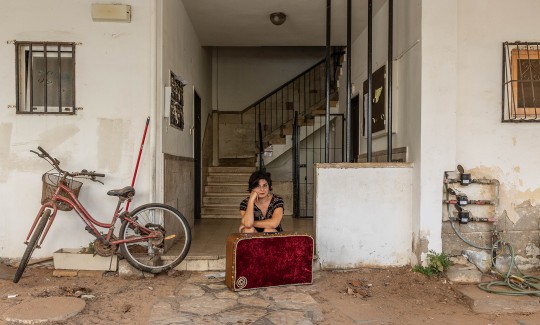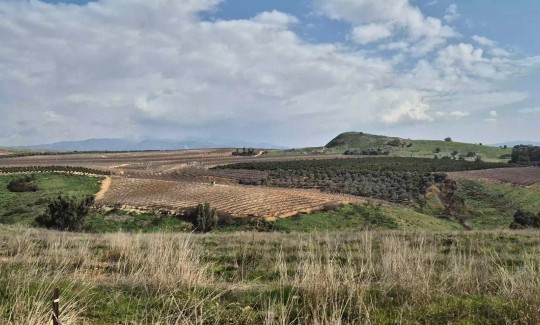What’s New at Home? (Red House)
Art-Activity at the Civilian Front
Haifa Museum of Art
Thursday, 30.10.25, 10:00
Saturday, 28.02.26
More info:
04-6030800What’s New at Home? (Red House)
Art-Activity at the Civilian Front
The exhibition displays the results of steps taken by artists on their own initiative - by interaction and dialogue with the civilian environment - in the course of the last two years.
In a routine of a never-ending present, of destruction, of conditions of extreme duress, independent works by artists were created. They sought to base new art processes on the new reality, not reaching for their formation in the setting of a studio, but in the field, in the shattered, abandoned city, deserted homes, demonstrations, and more. Under conditions of an ongoing war, every area becomes an arena of complex occurrences. The activity and its results constitute an expression of vital art that connects to shared responsibility and coping. Thus, in days of spiritual erosion, there arises from the realm of culture something to believe in.
The Israeli reality formed a new internal agenda for artists and for artistic spaces in the country, and produced a routine in which artists confront, document, and react to the environment – in the environment itself. This exhibition demonstrates five such examples.
The title of the exhibition, which resounds with every aspect of concern for home, appears on a work by Arye Aroch, painted in 1960 during his tenure as Israeli ambassador to Sweden, and expresses his anxiety and yearning for his homeland.
Jonathan Omer Mizrahi documents a group of IDF soldiers who were sent on an agricultural assignment to a greenhouse in the bombarded South. The video screened in the exhibition shows the young draftees throwing tomatoes at each other, an act that is transformed into a work that symbolizes their situation – and ours.
Sarit Krupka began operating a mobile photographic service for the relief of the evacuees and the Nova festival survivors. As an AI photographer and artist, she used her skills to volunteer and work for their benefit. The diarist video shown here processes the experience.
Tamar Shalit-Avni photographed war-zone evacuees in their temporary or new homes. The new portraits carry the burden of yearning, uprooting, resilience, and survival. The video alongside the photographs documents the conflicting beauty and pain of the landscape.
Rotem Plitman organized a group of teenage girls who study and create art under her direction. In light of the challenging times, they decided that the space assigned to their art display would become public space, devoted to public events. Included are “Piñata missiles” filled with candy, which were made as part of an event called “A Disarmament Party for the Whole Family”; sculptures that ‘took part’ in the Northern Pride Parade in Haifa; and a stall for making Fanzines. We display some of their art, which includes evidence of their activity, and a handicraft invitation in the display area itself.
Roee Cohen began photographing and teaching photography in the northern town of Shlomi. In the course of time, he worked with those of the town’s residents who had remained, refusing to be evacuated when the rockets from Lebanon began falling. We bring his documentation of the almost-empty town alongside a mound created by artist Shahar Sivan: a monument of fruit collected from abandoned house gardens and burnt until they became charcoal sculptures.
Tamar Shalit-Avni; Roee Cohen and Shahar Sivan; Sarit Krupka; Jonathan Omer Mizrahi; Rotem Plitman and the Beit HaYotzrot Collective
Participating artists
Oz Zloof
Curator
.png)

